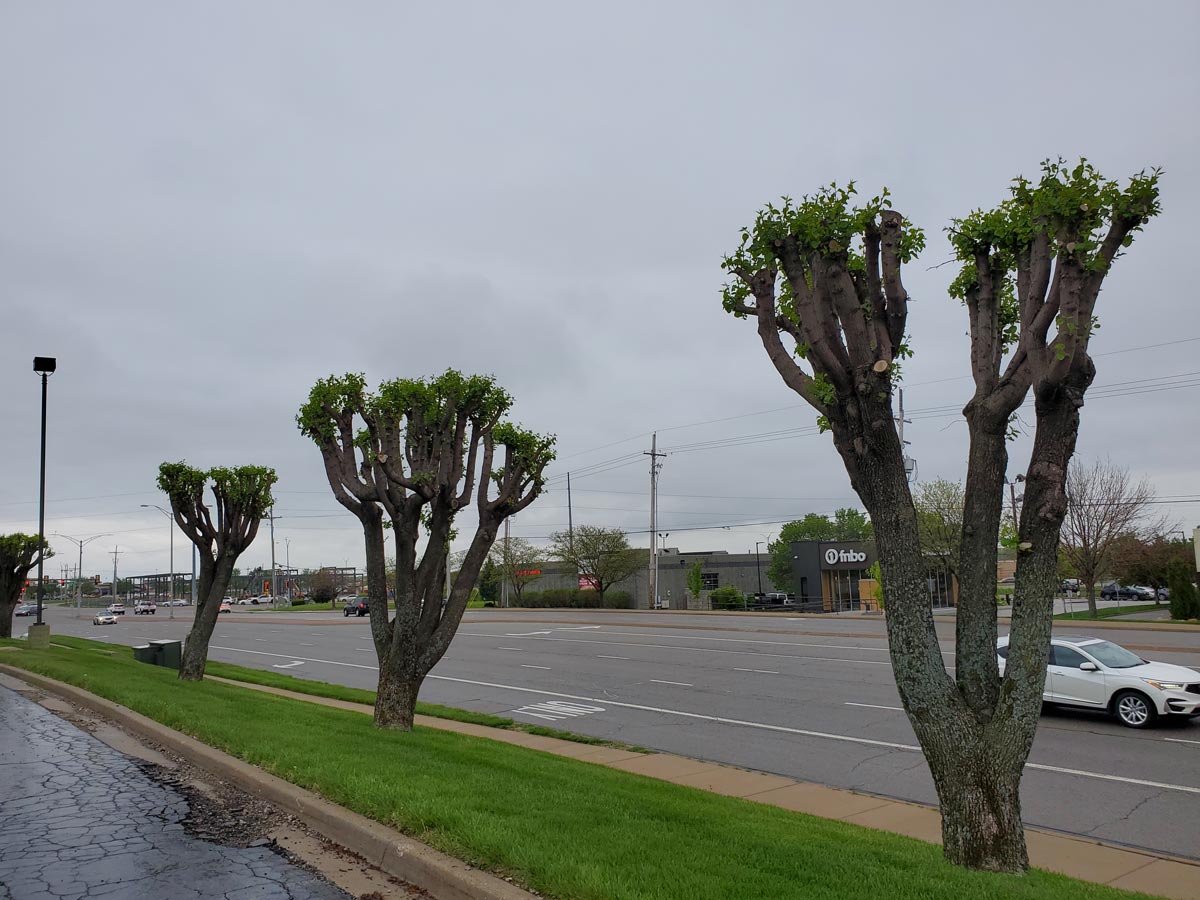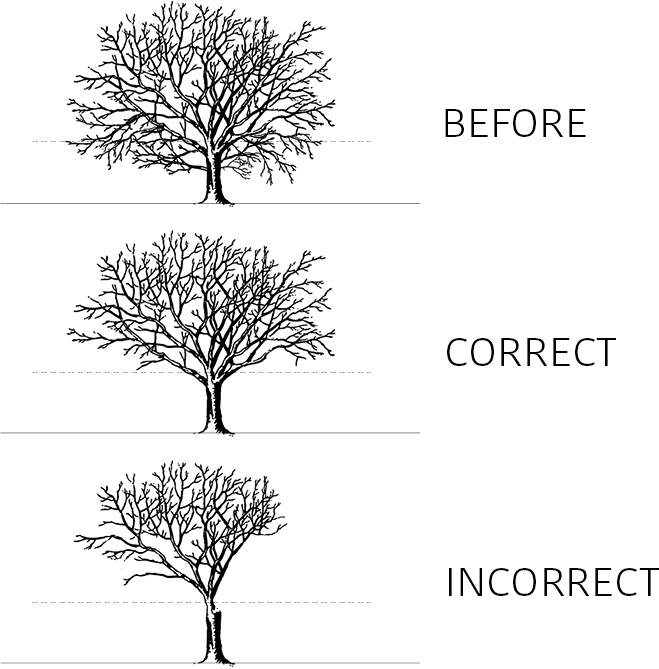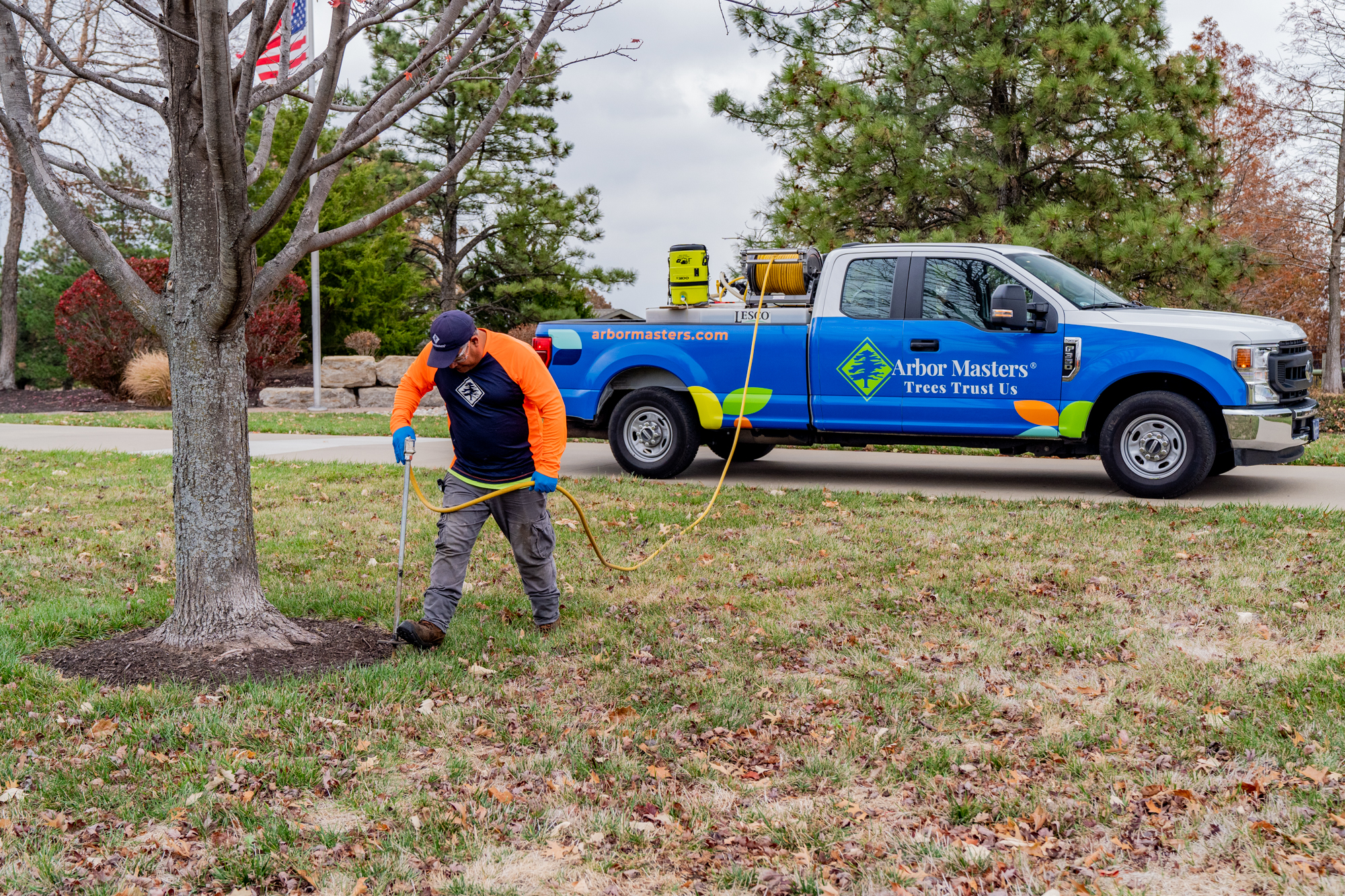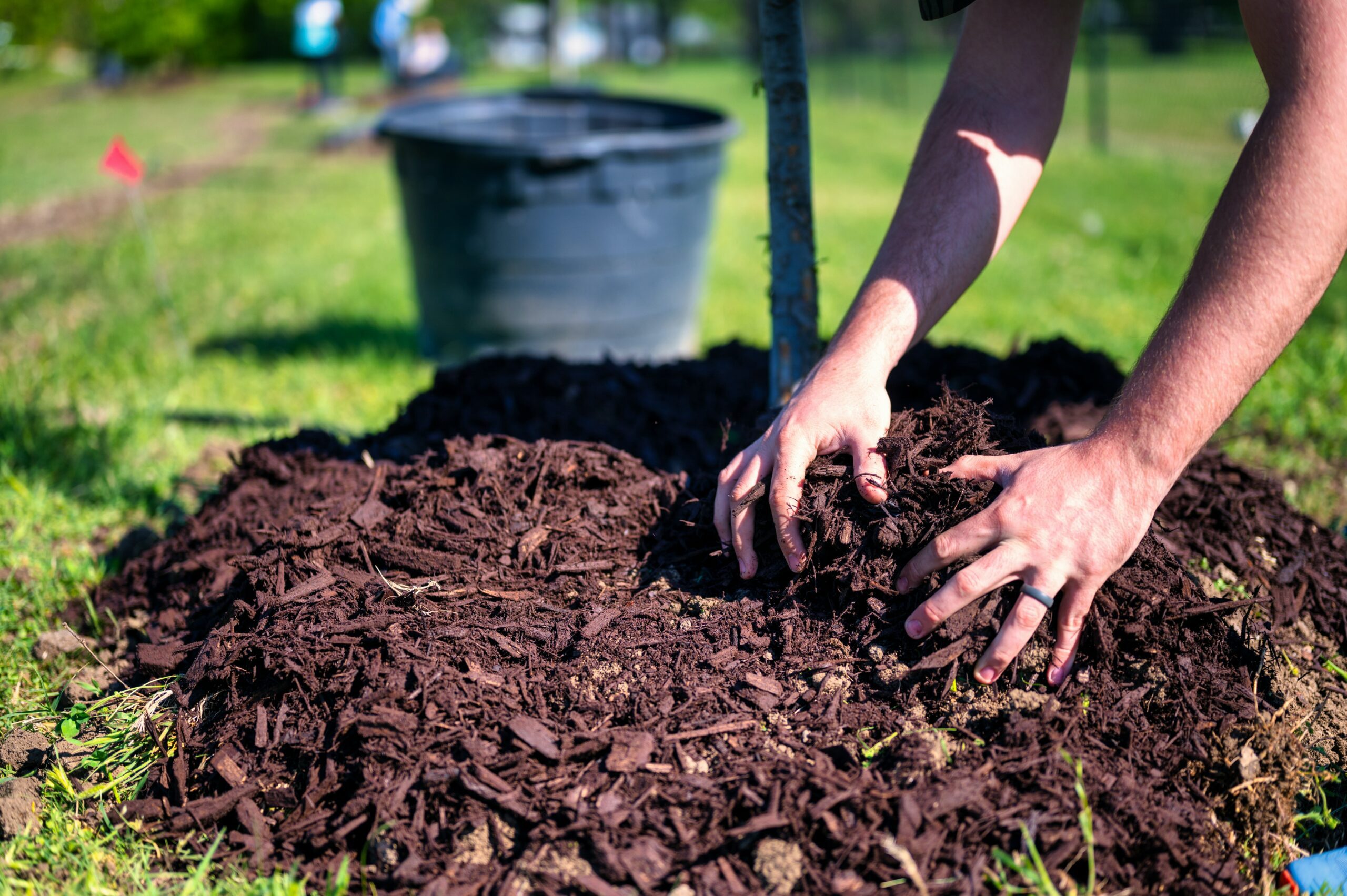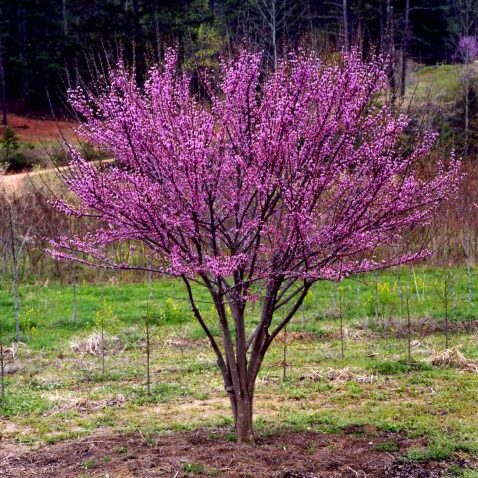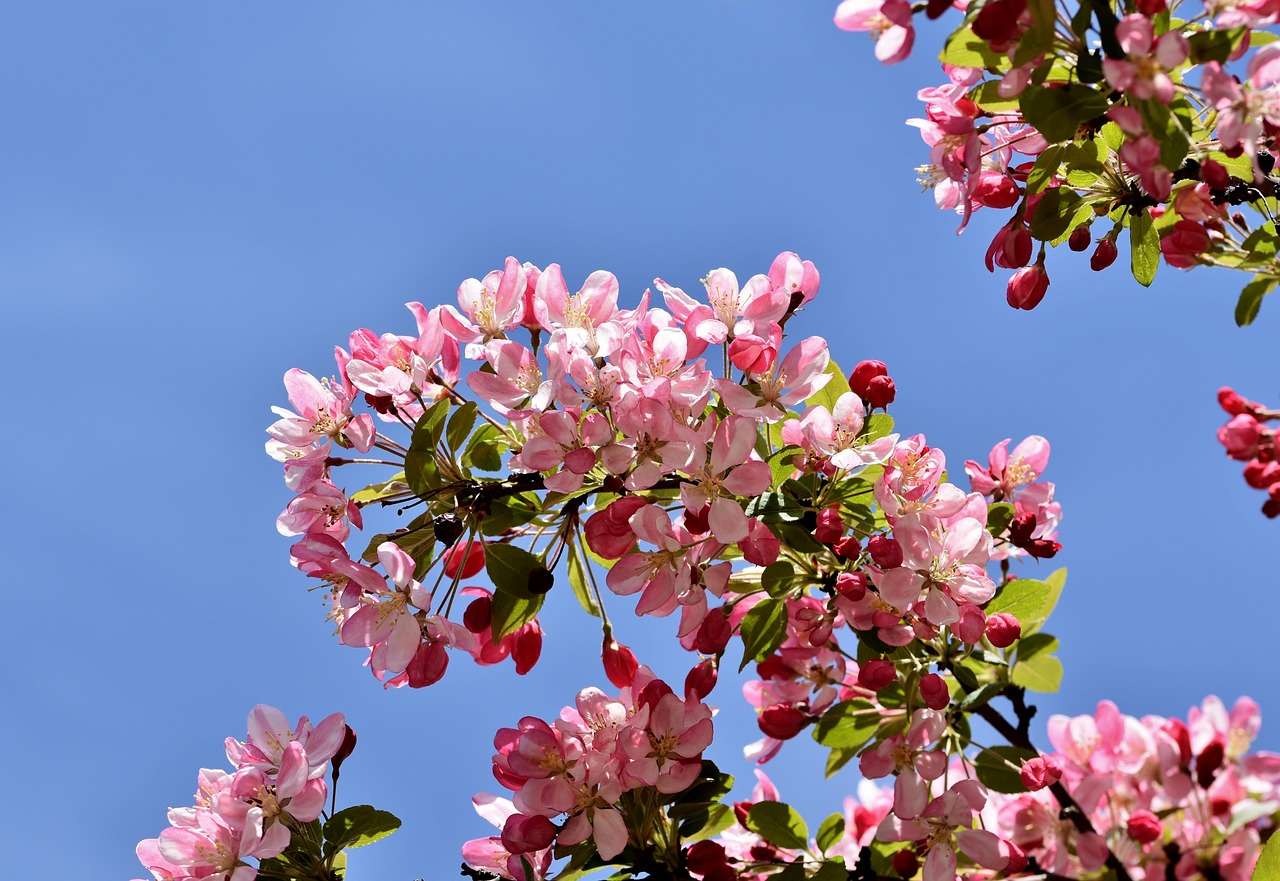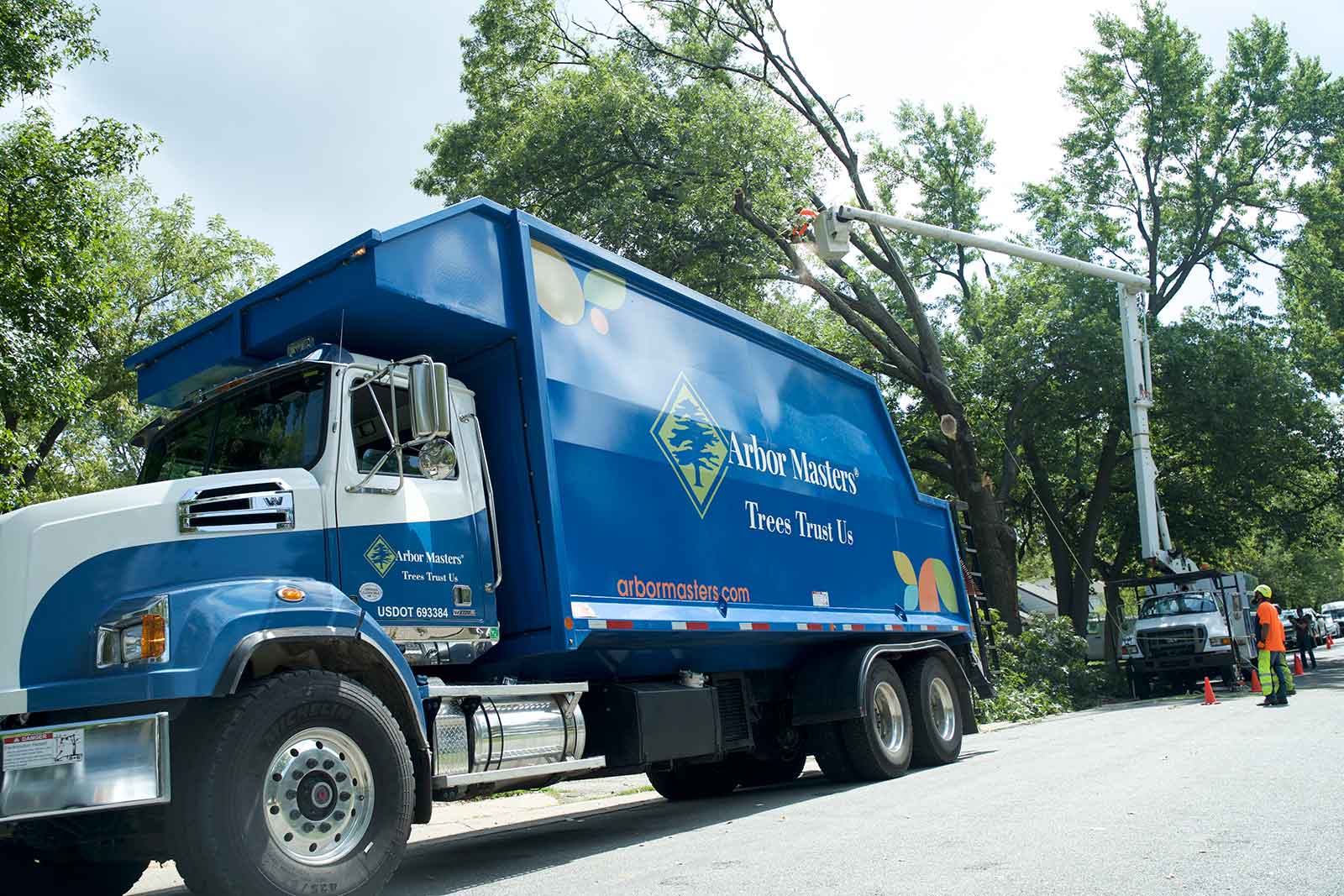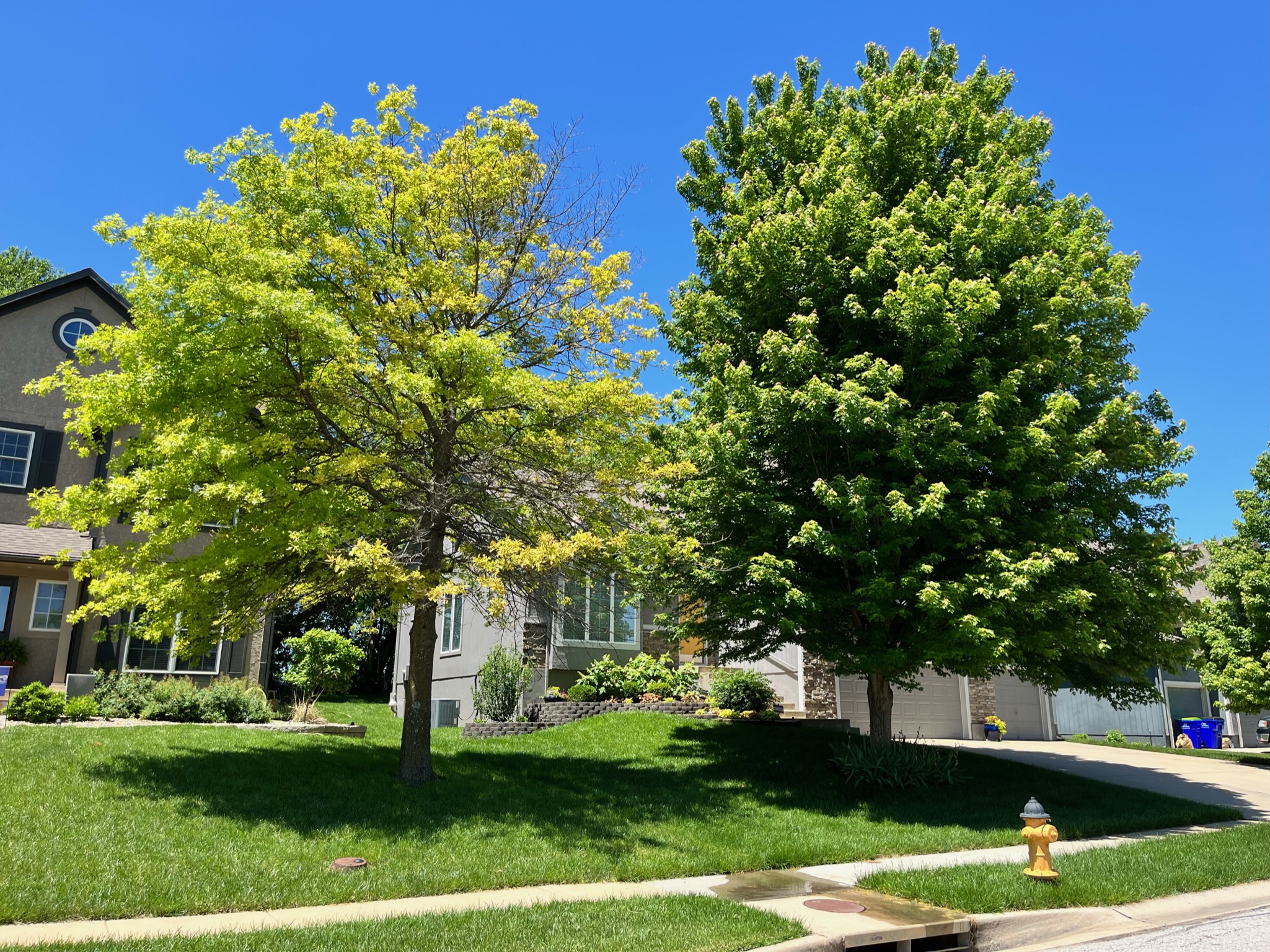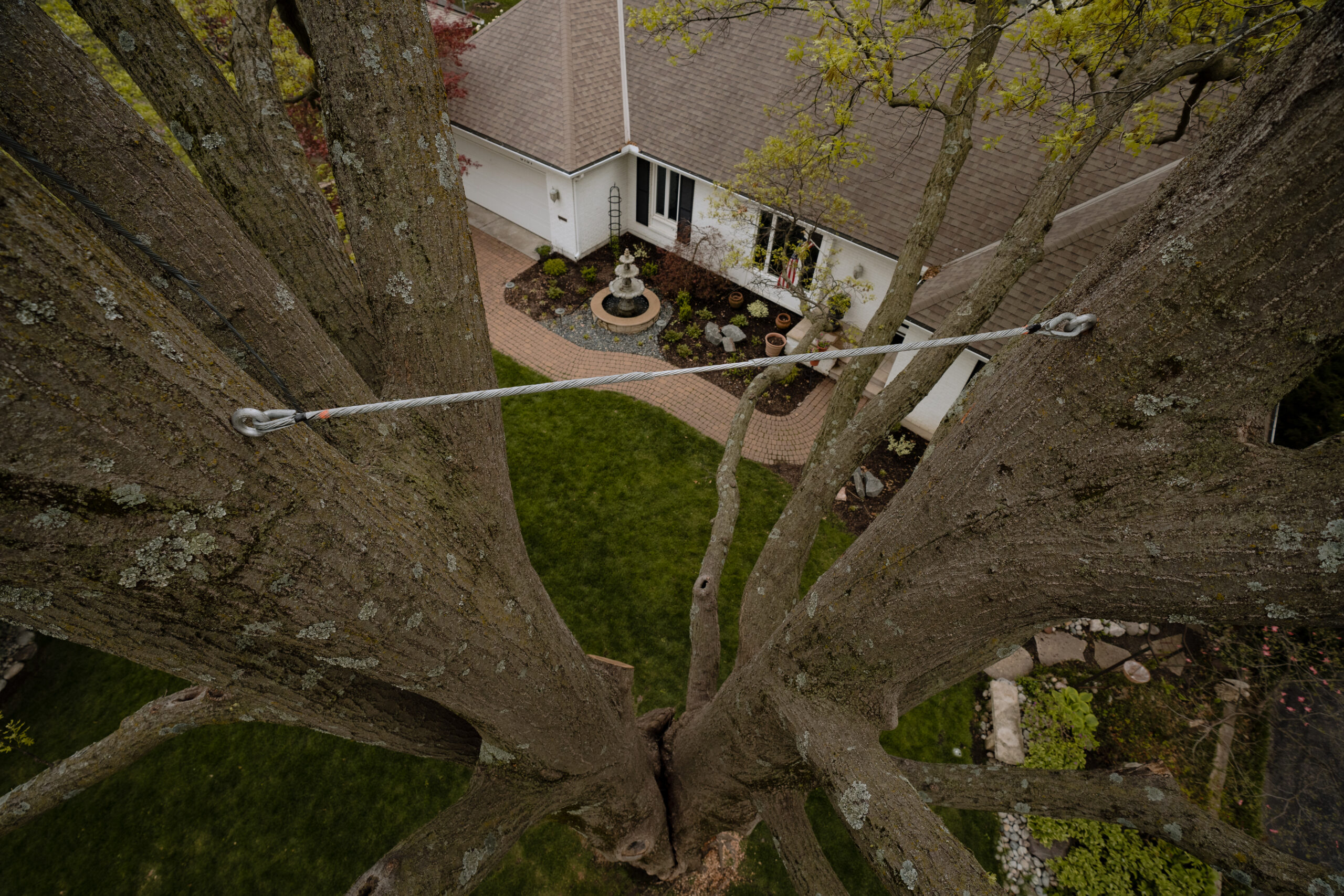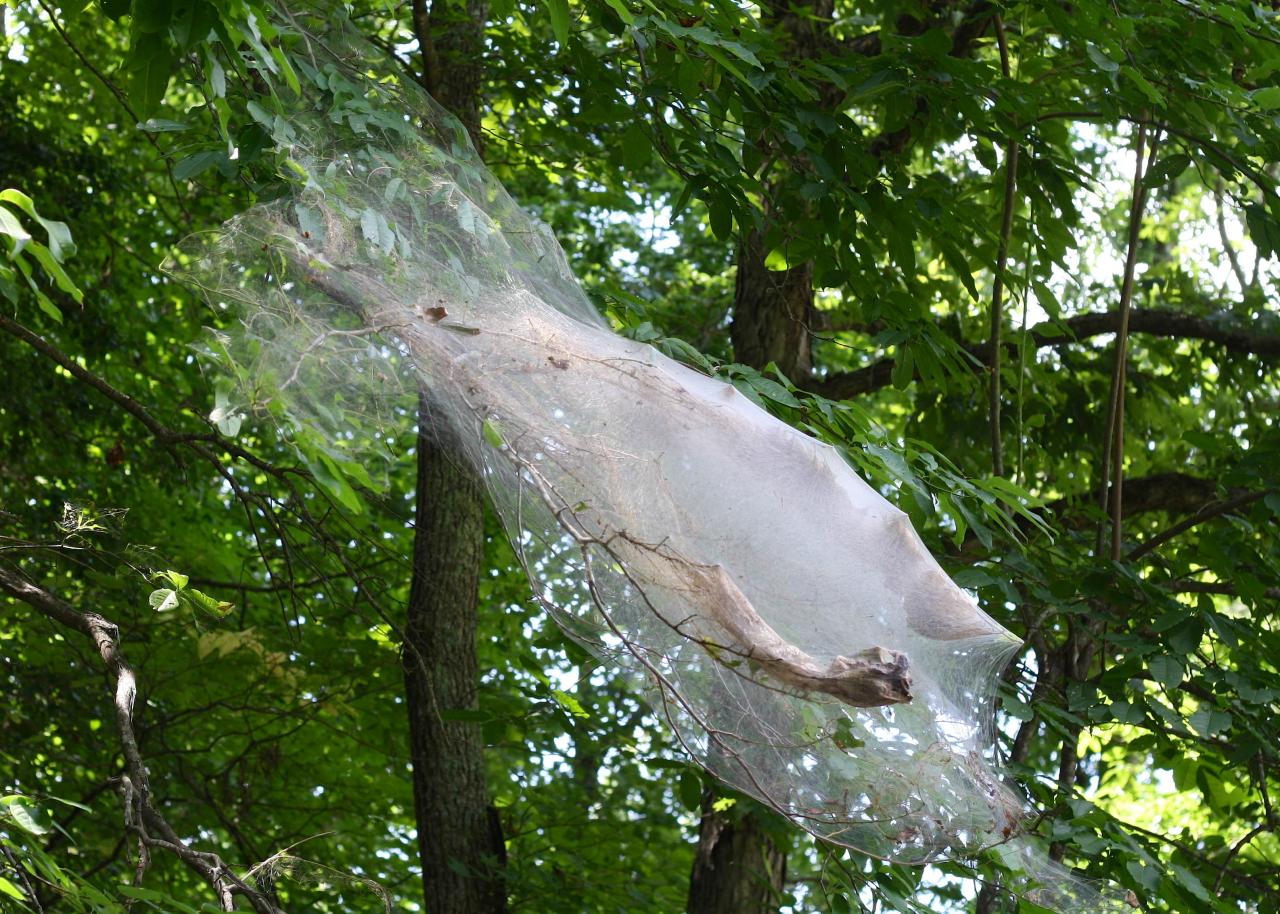Pruning trees is both an art as well as a science. Like all good art, there are rules to follow when pruning trees. When it comes to trees, we’re not talking about an inanimate object; we’re talking about something alive that gives us the air we breathe.
Pruning, when done improperly, can be detrimental to a tree’s health and structure – making it more susceptible to pests, disease, storm damage and an overall shorter lifespan. When pruned properly, trees are more resilient to external forces and can last for years to come.
Why do we prune our trees?
Most commonly, we prune trees according to our personal needs as homeowners. Maybe we’re concerned about a limb overhanging the house, or we’re tired of ducking under branches every time we mow the lawn. Raising limbs off of our lawns, street and sidewalks, reducing trees back from houses, and removing deadwood are all reasons why homeowners tend to call an arborist. This type of pruning can be very functional for a tree’s coexistence with a structure and the use around it.
The art of structural pruning
But what about the trees themselves? Are there other pruning methods that would accomplish the personal needs of homeowners while focusing more on the overall health of the tree?
Structural pruning has rapidly gained support as the preferred arborist approach to trimming or regularly pruning a tree. By focusing on improving the architecture of the branches within the crown of a tree, structural pruning promotes trees’ overall health, a fact that has been written on extensively by arborist Edward Gilman of The University of Florida. Structural pruning primarily seeks to reduce limb growth on branches that will eventually pose a risk of failure under external conditions such as weather and gravity. Structural pruning creates a more stable and efficient tree from a biological perspective.
When trees are planted outside of a nursery, they’ve usually been pruned strategically during their early stages of development. It’s a common misconception that once a tree is planted in the ground, all that’s left to do is water it and leave it to grow on its own. Believe it or not, it’s after a tree’s planting that is the most critical time to care for our trees. Like people, we can have the greatest influence on the life of a tree the earlier we begin to invest into it.
Not only can an early start to structural pruning impact a tree’s growth in a positive way, it can also reduce the frequency and cost of pruning over the entire lifespan of the tree. In the meantime, you’ll have a much healthier tree that’s far less likely to be impacted by extreme weather conditions. Trees do not fail on accident; a lot of storm damage can be prevented by even a small hand-cut when the tree is still newly planted.
Looking for a pruning expert to improve your trees’ health?
Get started today. Contact your arborists at Arbor Masters to learn more about our tree pruning services and the structure of your young trees.
About the author
Tyler Woodard is a certified International Society of Arboriculture (ISA) Arborist for Arbor Masters.
#MW6136A

